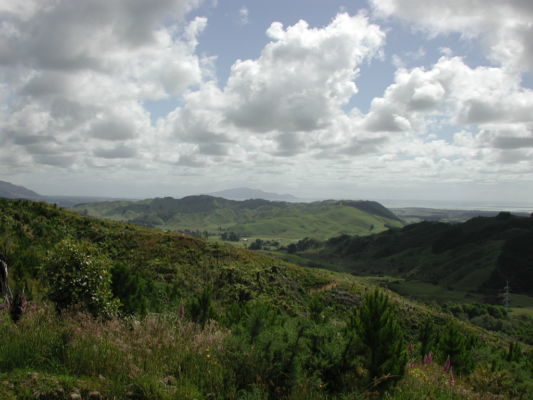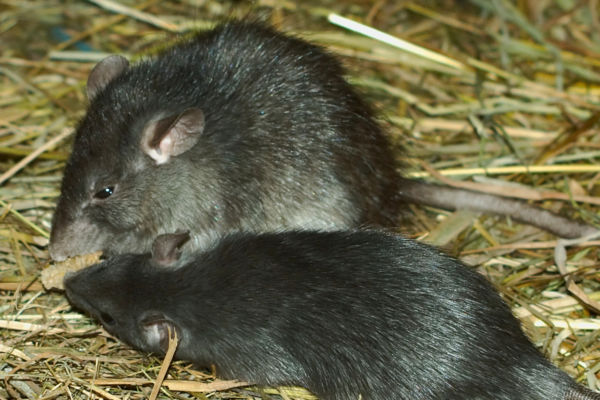Predator control operations are just that – they control mammal predators but do not completely or permanently remove them. Survivors breed and slowly rebuild the population numbers, aided by invasion of outsiders from neighbouring, uncontrolled areas taking advantage of an opportunity to upgrade to some better real estate: competition is less because the population is low and the short-term recovery of the forest (or other ecosystem) means food is likely to be more plentiful.
Birds and other native species recover too, with predator numbers down. Food is more plentiful and the temporary lull in competition and predation from mammals gives them a better chance of breeding successfully. But unless control is ongoing, predators come back – and in the case of rats, that comeback doesn’t take long.
James Griffiths (Department of Conservation, Wellington) and Mandy Barron (Landcare Research, Lincoln) looked at changes in rat abundance following a large scale 1080 control operation in Tararua Forest Park. They monitored how rat numbers changed over time and also looked at the patterns of change within the landscape.

Rat footprint tracking tunnels were used to determine rat abundance with 65 lines of tracking tunnels. Each line consisted of 10 Philproof roto-moulded plastic tracking tunnels, spaced 50m apart. Possum abundance was measured using wax tags and seedfall was measured using seedfall traps made from plastic funnels.
For six months after the control operation there were few and no rat tracks recorded in the treatment area. In the non-treatment area, rat abundance remained relatively high. Then the rats came back…
Not only did they come back quickly – but numbers in the previously treated area ultimately exceeded those in non treated areas.
“…24–30 months after control, rat tracking indices in treated areas exceeded those in the non-treated areas. Rat tracking indices first increased at the treatment margins (6–12 months post-control), with rat recovery in the centre of controlled areas delayed by 24–30 months.”

The abundance of food at the heart of the controlled area may explain why rat abundance was eventually higher here than in untreated areas of forest.
“…overall increases in rat tracking after control were highest at monitoring lines located in the interior of the control zone, with a negative growth rate estimated for lines located outside of the control area. This suggests a competitive release for rat populations in the interior of the control zone.”
The delay in repopulation of interior area initially, suggests that the source of the rats was invasion rather than breeding of survivors of the treatment operation. It took longer for the invaders to travel inward and reach the centre of the treatment area, but once there – what a feast awaited them.
Thus reinvasion was identified by the researchers as the cause of the problem – but what is the solution? They have several suggestions…
“The observed delay in rat recovery on the interior lines compared with lines located at the control margin implies that rat population increase following control was initiated by rats migrating into the treated area from adjacent untreated forest areas. Treatment persistence, therefore, might be increased by increasing the size of pest control areas; aligning pest control boundaries with immigration barriers, such as large water bodies and/or alpine zones; or implementing intensive pest control around treatment boundaries to intercept immigrating rats.”
The full research report is published in the NZ Journal of Ecology and is freely available.

